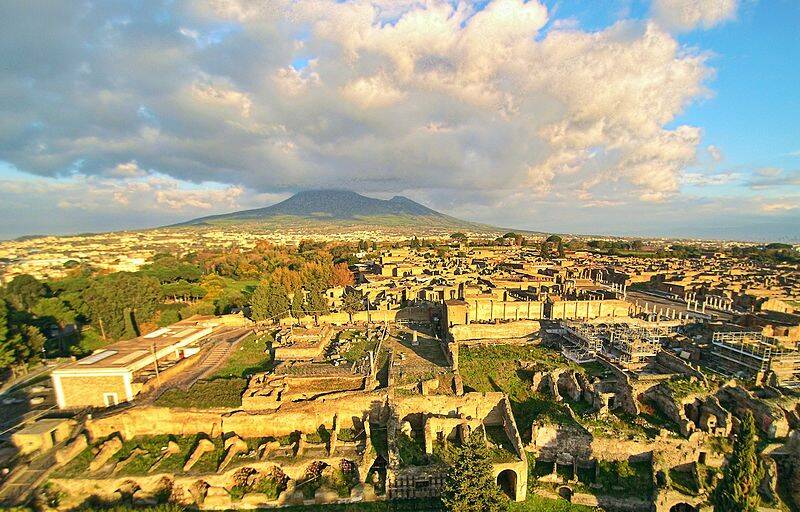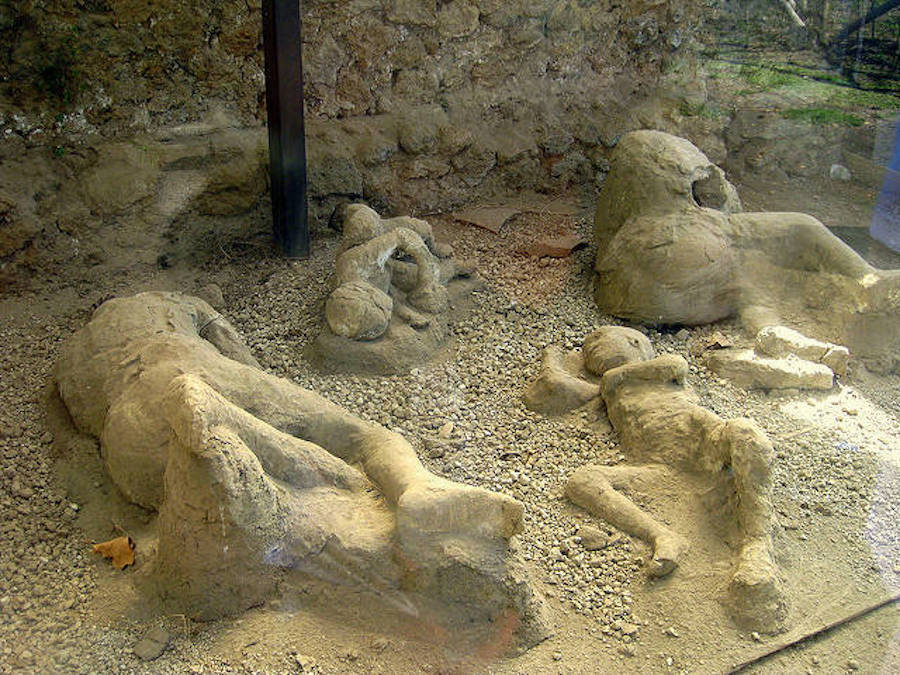Ancient ruins of Pompeii ‘hiding 10 unexploded WW2 bombs’ dropped during Allied invasion of Italy

Ancient ruins of Pompeii ‘hiding 10 unexploded WW2 bombs’ dropped during Allied invasion of Italy

Every now and again, real-life archaeology sounds a little like an Indiana Jones movie. Allied bombers dropped 165 bombs on the ancient Roman city of Pompeii.
In the latest discovery of dormant bombs in Europe, at least 10 unexploded bombs are reportedly still buried underneath the ruins of Pompeii.
The bombs, scattered over 22 hectares of the site that haven’t been surveyed or excavated, don’t pose a danger to tourists, but they’re a challenge for future excavations.
World War II ended nearly 75 years ago, but the world still contains remnants of its bloody past.
Ninety-six bombs have since been located and deactivated, while others have ended up in parts of the archaeological site that have yet to be excavated. Pompeii covers about 170 acres. Only two-thirds of that area has been excavated.

Wikimedia Commons Mt. Vesuvius looms over the ruins of Pompeii nearly 2,000 years after its catastrophic eruption.
Some bombs in the non-excavated areas of the site have already exploded pr been defused. As for the remaining 10 or more, archaeologists have no idea where they are.
Antonio De Simone, an archaeology professor at the Suor Orsola Benincasa University of Naples, encountered some unexploded bombs during an excavation of Pompeii in 1986.
“We were there with our chisels and shovels, slowly lifting a handful of earth at a time, and suddenly we found the bombs, under our feet,” De Simone told Il Fatto. “There were two of them. One had already exploded and was reduced to fragments. The other, unfortunately, had not. It was perfectly intact.”
Pompeii was a bustling ancient Roman city on the Bay of Naples, just south of the imposing, ever-present Mount Vesuvius. In many ways, it was a typical Roman town, complete with a sprawling amphitheater, temples to Apollo and Venus, and thermopolia or fast-food stands.
But Pompeii’s quiet seaside existence came to a shocking halt in 79 A.D. when Vesuvius erupted, spewing volcanic ash high into the sky.
A hot surge of pumice eventually rolled down the mountain and into Pompeii, burying the entire town and instantly killing its inhabitants who hadn’t managed to flee, freezing them in time.
Many of the victims remain frozen in a fetal position with their hands shielding their faces. One mother was found desperately trying to shield her child.
The site of the horrific natural disaster was finally discovered accidentally in the 18th century during the construction of a palace for Charles VII, the Bourbon king of Naples.

The volcanic eruption was previously dated to Aug. 24, 79 A.D. — attributed to a letter by Pliny the Younger, who witnessed the disaster first-hand, some 25 years later. But archaeologists now think it happened sometime in October of that year, thanks to the recent discovery of a certain charcoal graffiti inscription at Pompeii.
In addition to interviews with experts and archaeologists, Il Fatto also published exclusive documents from the National Aerial Photographic Archive, including a bombing map. They could not, however, find a single official document that specified the exact location of these untouched bombs underneath Pompeii.
It’s difficult to imagine how authorities will be able to contain the site of the bombs without knowing where exactly they are. But representatives from the Archaeological Museum of Pompeii told the paper that the popular tourist attraction is still safe.
“There is no risk for visitors. The site has regularly drawn up the reclamation project, which is carried out by the military. Area reclamation was carried out per meter,” said the site’s museum.